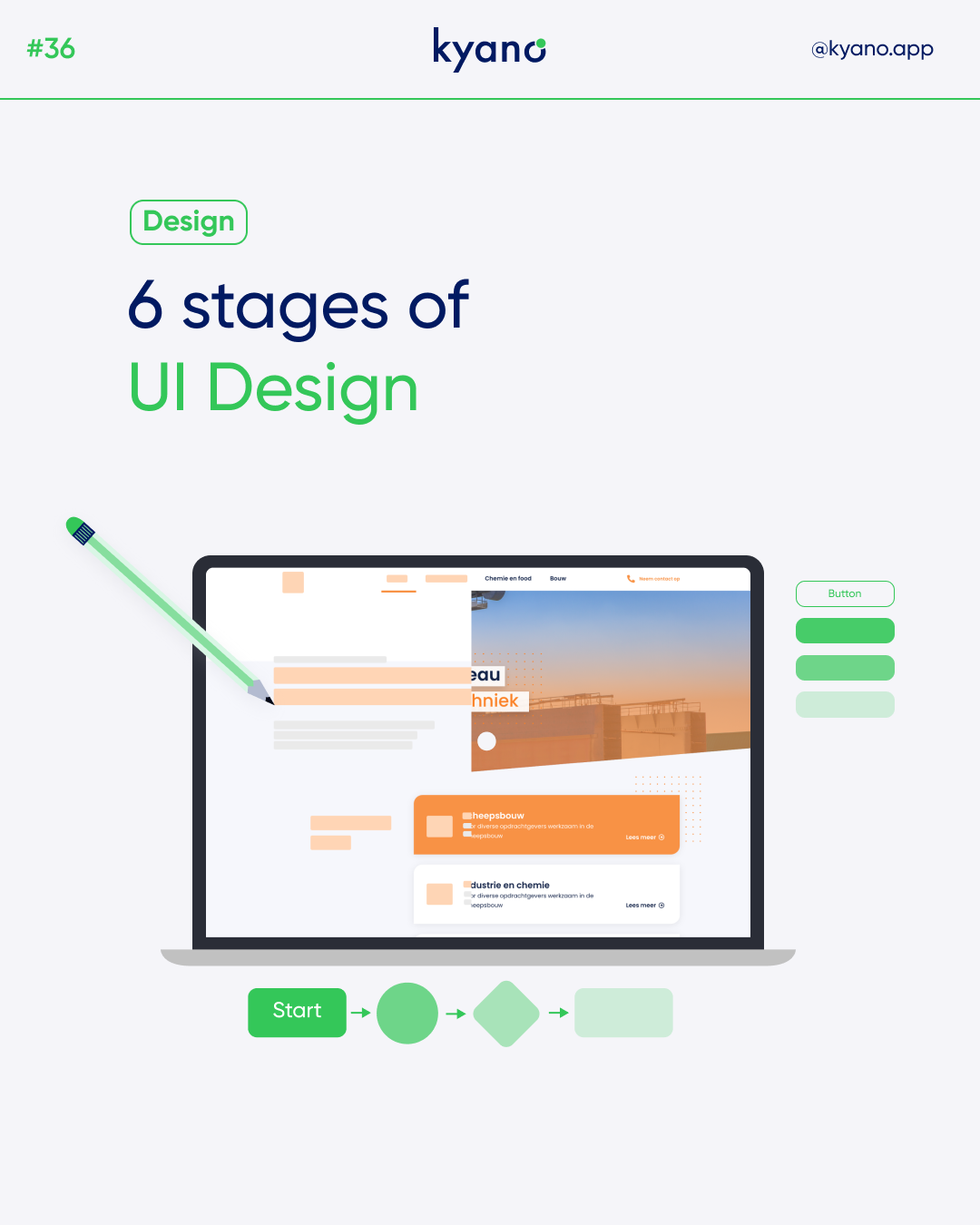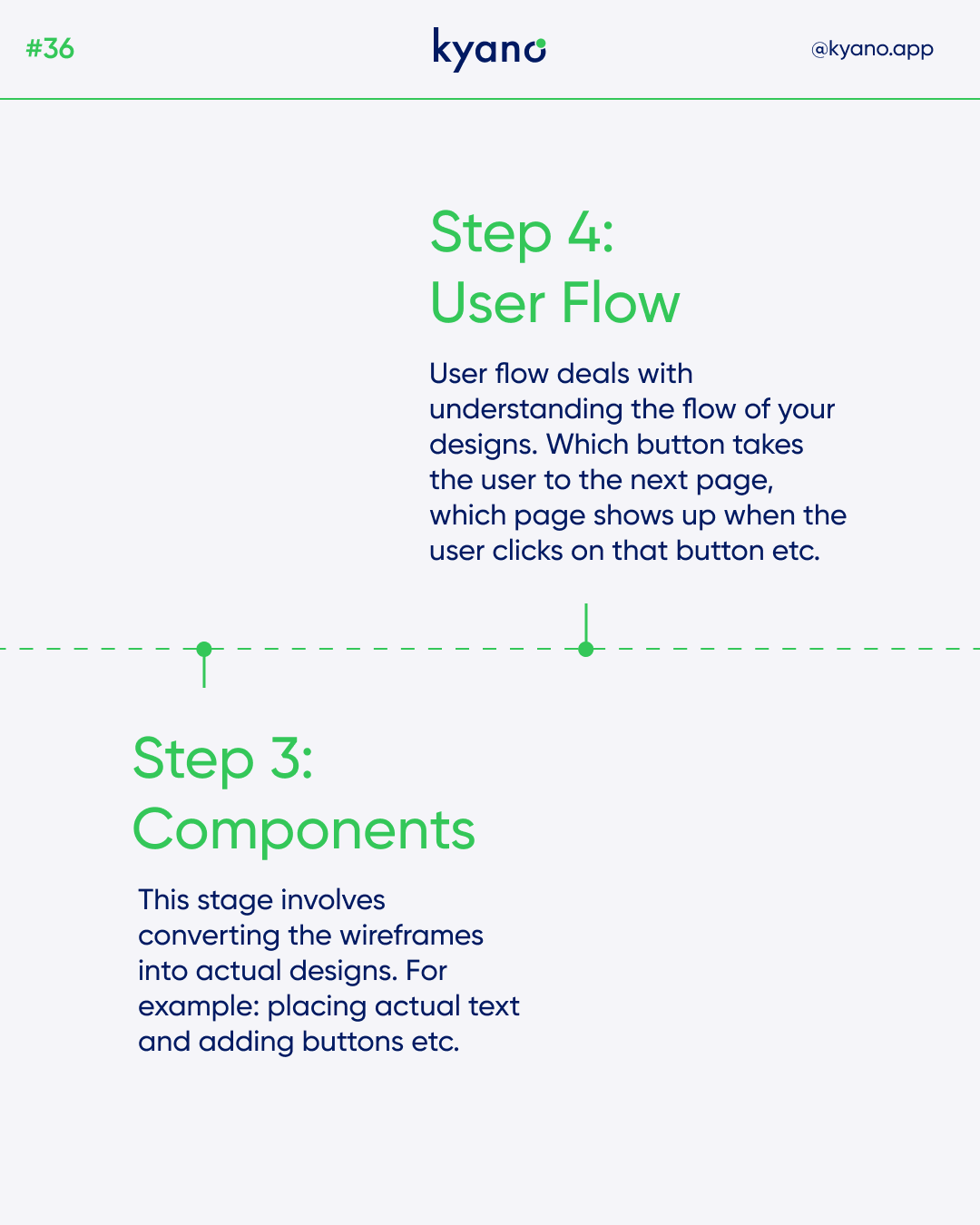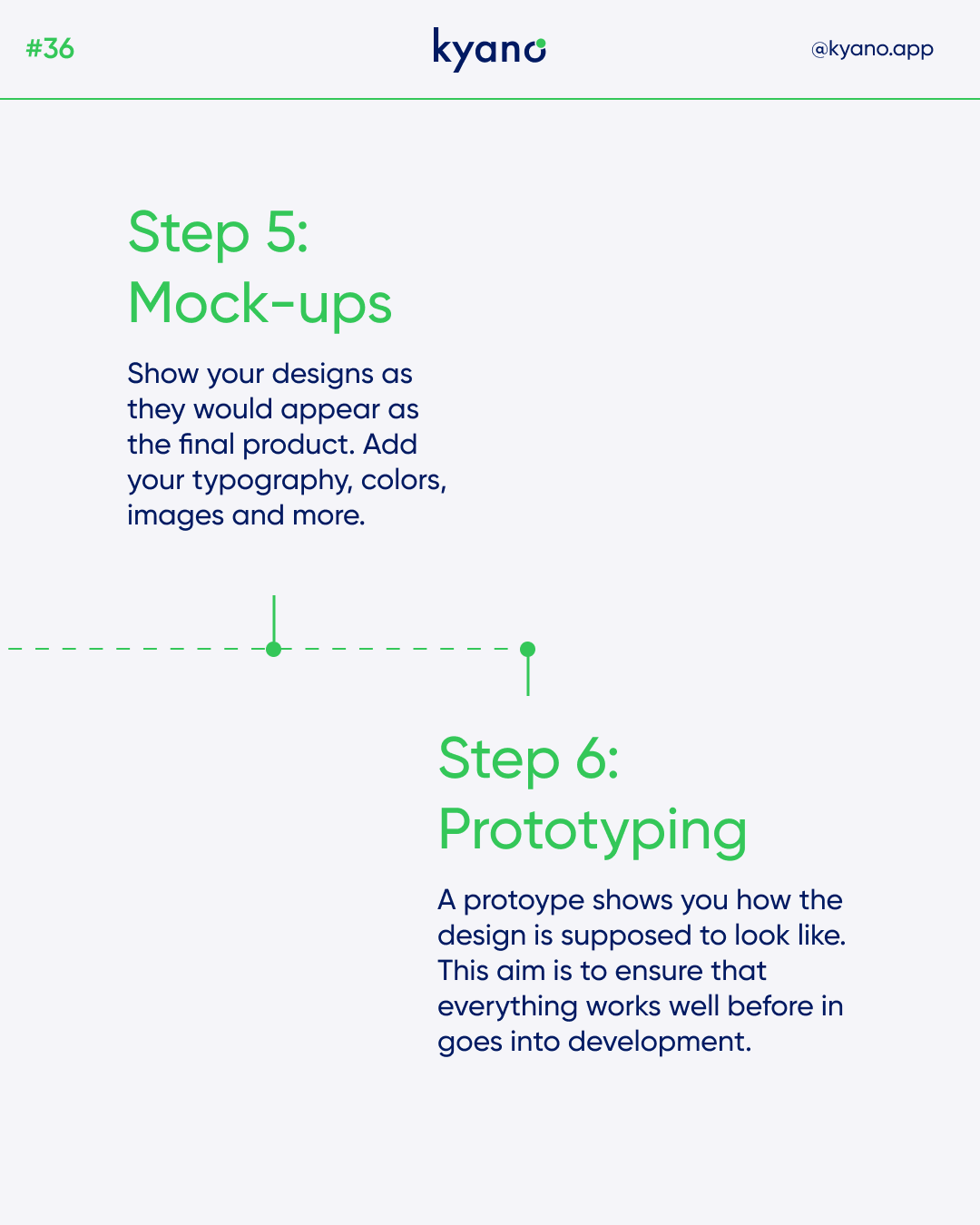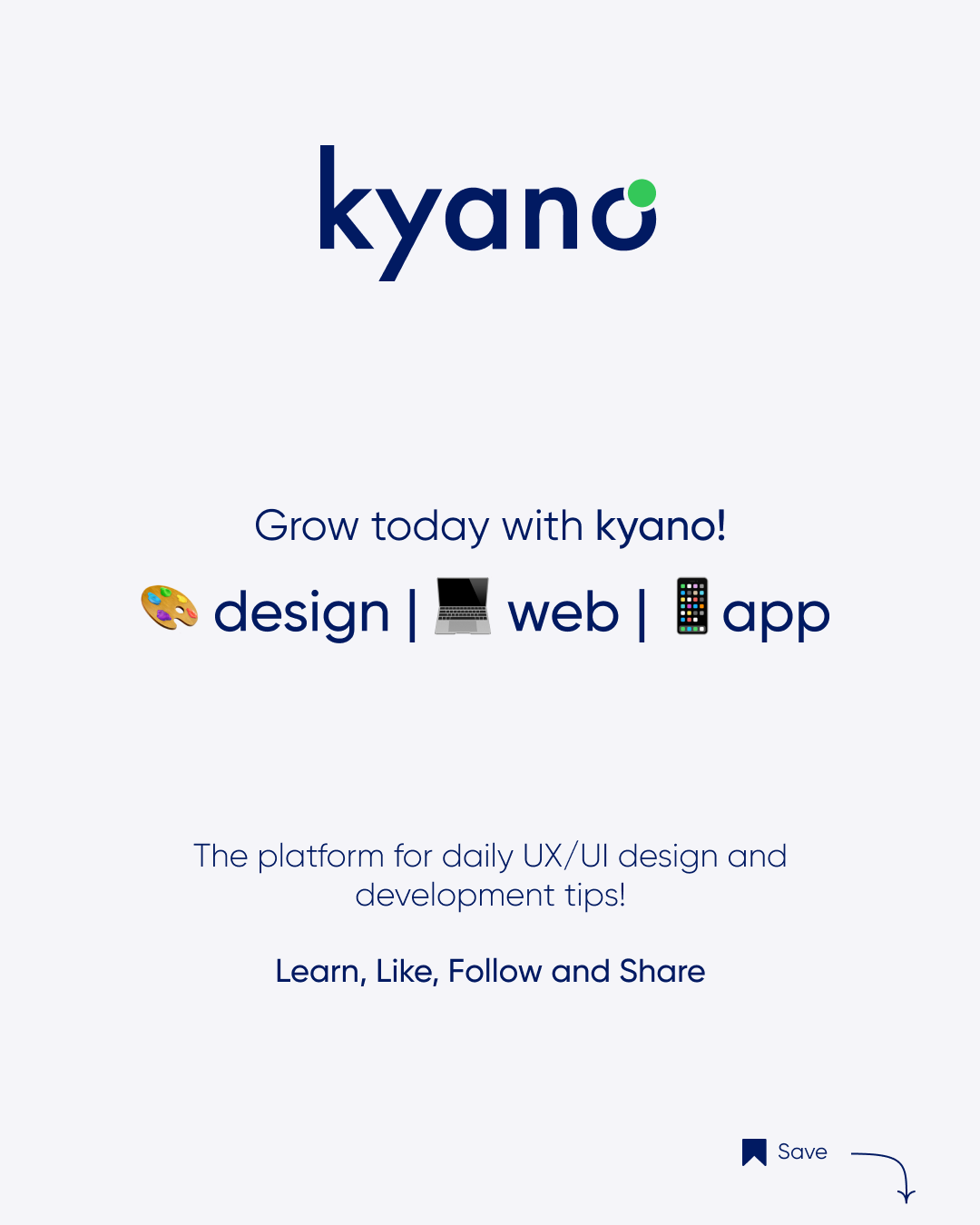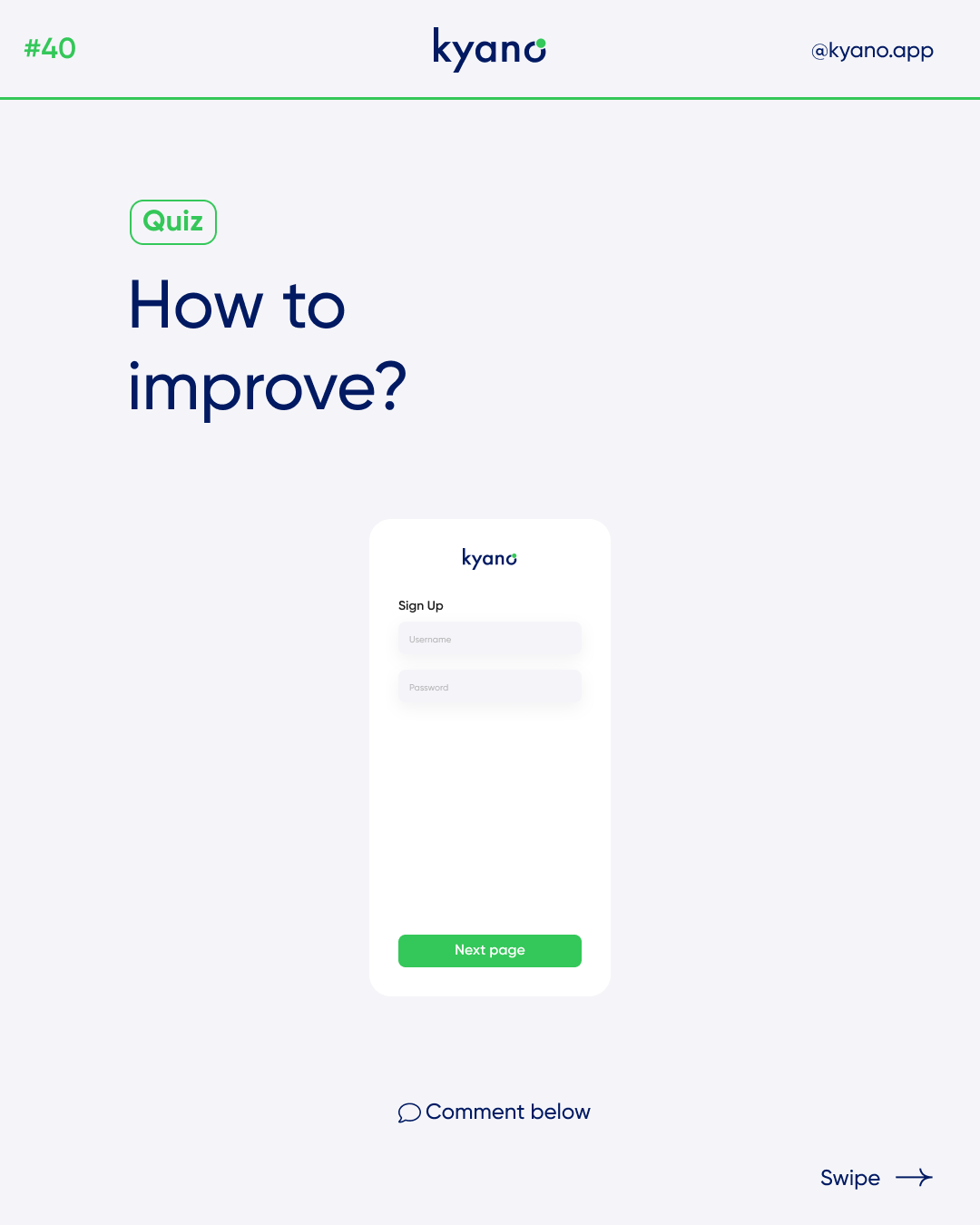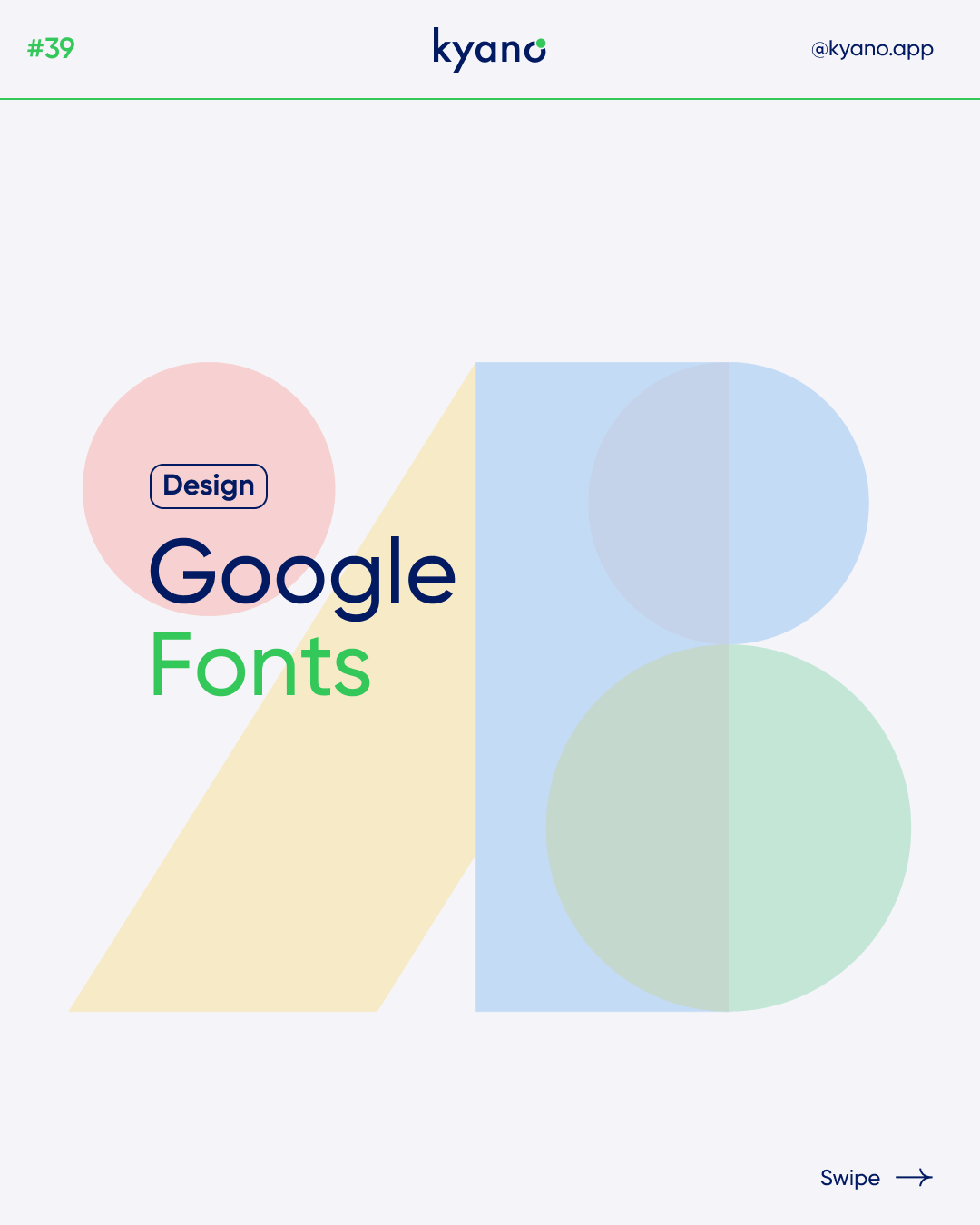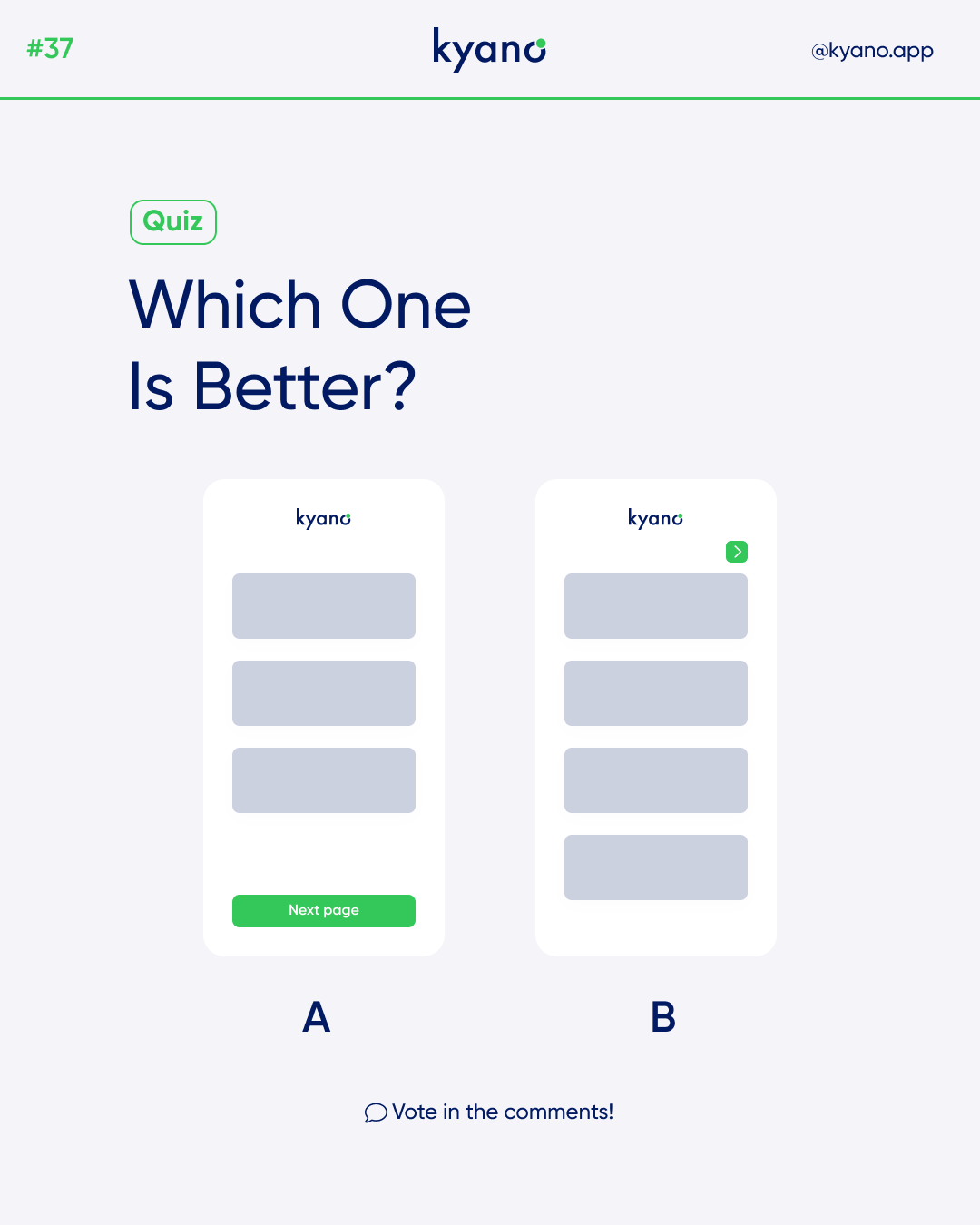6 Stages of UI Design
User interface (UI) design is a complex process that involves multiple stages, each of which contributes to the development of an effective and efficient design. In this blog post, we will discuss the six stages of UI design: sketching, wireframing, components, user flow, mockups, and prototyping.
The 6 stages of UI design
Sketching
The first stage of UI design is sketching. Sketching involves creating rough drawings of the user interface to capture ideas and concepts. Sketches can be made on paper or digitally, and they help designers explore various layout options and design solutions. Sketching is an essential stage in the UI design process because it allows designers to quickly visualize and iterate on design ideas.
Wireframing
After the sketching stage, the next step is wireframing. Wireframing involves creating a more detailed layout of the user interface, including the placement of buttons, icons, and other interactive elements. Wireframing helps designers establish a clear hierarchy of information, organize content, and determine the flow of the user interface. Wireframes are often low-fidelity and grayscale to focus on the structure and layout rather than the visual design.
Components
The next stage of UI design is the component stage. Components are reusable design elements that make up the user interface. Components can include buttons, forms, menus, and other interactive elements. Designers can create a library of components to use across multiple designs, making the design process more efficient and consistent.
User Flow
The user flow stage involves mapping out the user’s journey through the user interface. User flow helps designers understand how users will interact with the product, including how they will navigate through the interface and what actions they will take. User flow helps designers identify potential issues in the user experience and optimize the user interface for a seamless experience.
Mockups
Mockups are detailed visual representations of the user interface. Mockups include the visual design, typography, color, and imagery, and they help designers communicate the final design to stakeholders and developers. Mockups are high-fidelity and provide a more accurate representation of what the final product will look like.
Prototyping
Prototyping involves creating an interactive and functional version of the user interface. Prototypes can be used to test the user experience and gather feedback from users before the final product is developed. Prototyping helps designers identify any issues with the user experience and make necessary changes before launching the final product.
In conclusion, there are six stages of UI design. Each stage is essential for creating an effective and efficient user interface that meets the user’s needs and expectations. By following these six stages, designers can develop a user interface that is both aesthetically pleasing and easy to use.
Now you know everything about the stages of UI Design! Do you want to learn about design? Check our blog about the best YouTube channels to learn UX/UI Design.
For example, the YouTube channel CharliMarieTV!
